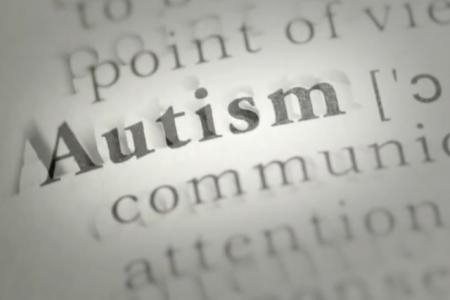New study suggests treatment possibility for autism
People with autism have too many synapses – the connectors by which brain cells send and receive signals – according to a new study that may point to a treatment for the complex disorder.
The extra synapses in autistic brains are the result not of overproduction, but of a failure in the normal process of discarding old and degraded cells.
Researchers at New York’s University of Columbia were able to re-establish the brain’s “pruning mechanism” in mice genetically modified to simulate autism.
To do it, they used a drug called rapamycin to block a protein, mTOR, which in autistic patients goes hyperactive and blocks the brain’s natural ability to cull synapses.
The researchers saw a reduction in typical autistic behaviors, such as avoiding contact with others, in the treated mice, according to findings published this week in the US journal Neuron.
According to the latest government estimates, one in 68 children in the United States has some form of autism.

People with autism have too many synapses in their brains - places where where neurons connect and communicate. Photo: Vanderbilt University/YouTube
“We were able to treat the mice after the disease had appeared,” said Columbia University neurobiologist David Sulzer, lead author of the study.
This is crucial because autism does not become apparent at birth but later in childhood, “so you need a treatment that works after diagnosis,” he said.
“If we were correct we should be able to have quite effective treatment even after diagnosis,” he told AFP.
Sulzer said it might be possible to adapt rapamycin to treat some autistic patients to help lessen the sometimes debilitating symptoms.
However, he noted that the drug in its current form, which is in testing as a treatment for Tuberous sclerosis, a rare genetic disorder often associated with autism, is also an immuno-suppressant, and may not be ideal as a long-term treatment, especially for children and teenagers, whose bodies are still developing.
Sources: Reuters, AFP
Get The New Paper on your phone with the free TNP app. Download from the Apple App Store or Google Play Store now


